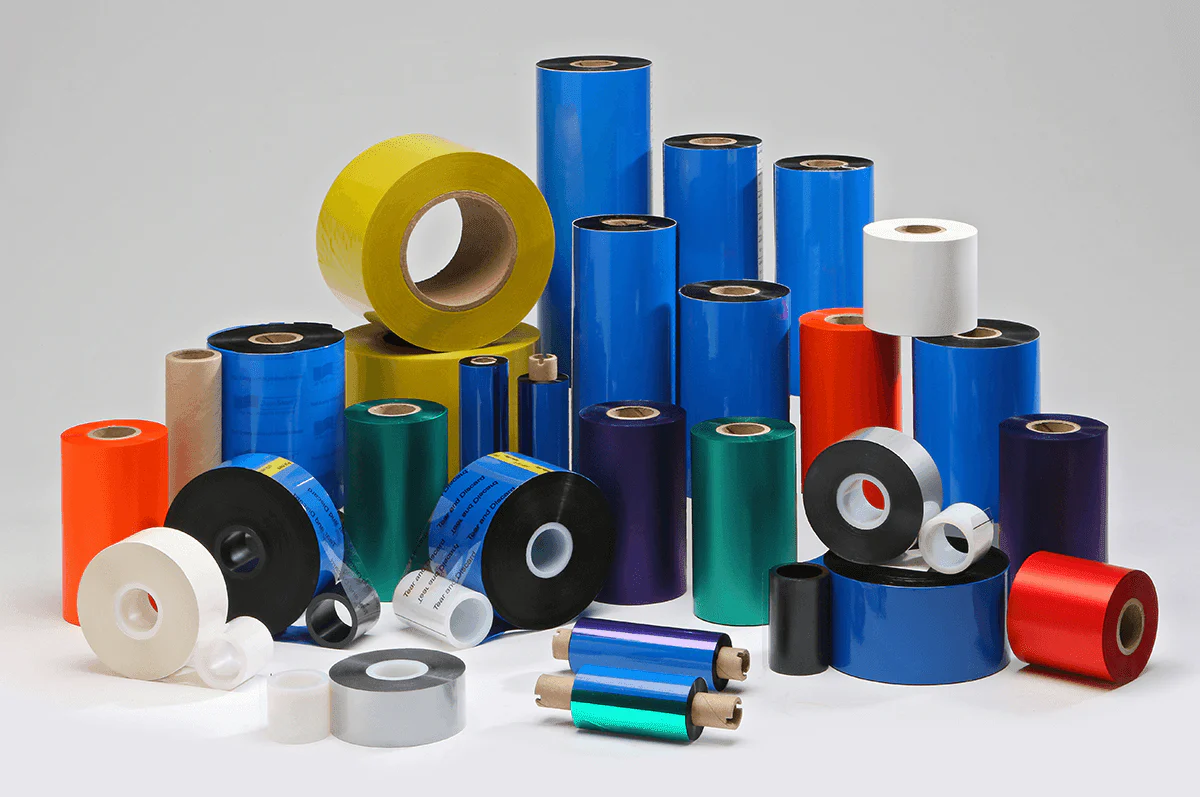Blog
Do Thermal Printers Use Ink? A Deep Dive for Industrial Buyers
When purchasing label printing equipment for industrial use, one of the most frequently asked questions is: *Do thermal printers use ink? * By understanding thermal printer mechanics you can reduce business time investment along with maintenance and operational costs. This article delivers comprehensive information about thermal printers for distributors, resellers, and purchasing managers explaining their operation and their advantages in high-throughput printing settings. Do Thermal Printers Use Ink? A Deep Dive for Industrial Buyers
What Are Thermal Printers?
Thermal printers function as specialized printing devices that employ heat to produce text or images on various substrates. Thermal printers operate without needing ink cartridges or toner. Instead, they use one of two technologies:
- Direct Thermal Printing
- Thermal Transfer Printing
Logistics, retail, manufacturing and healthcare industries use them extensively because they deliver fast performance and durability while needing minimal maintenance.
Do Thermal Printers Use Ink?
Short Answer: No
Both direct thermal printers and thermal transfer printers operate without conventional ink. They utilize different production methods to generate images.
Direct Thermal Printing
- Uses heat-sensitive label material
- Printhead applies heat to create black images
- No ribbons or ink involved
- Thermal printers work best for temporary uses such as shipping labels and receipts.
Thermal Transfer Printing
- Thermal transfer printers operate with ribbons that consist of wax, resin materials or both.
- The heating process transfers ribbon material to the label surface.
- More durable and resistant to environmental factors
Thermal transfer printers utilize ribbons but forgo traditional ink for printing. The ribbon functions as a solid material that melts to adhere to the surface during printing.
Why Industrial Buyers Should Care
1. Cost Efficiency
No need to stock costly ink cartridges. Direct thermal printers reduce long-term consumables.
2. Maintenance
The design with fewer moving parts and no ink leaks results in decreased maintenance frequency and expenses.
3. Downtime Reduction
Thermal printers require monitoring of fewer consumables which helps maintain uninterrupted production operations.
4. Environmental Benefits
Utilizing recyclable label materials leads to reduced ink cartridge waste.
Direct Thermal vs. Thermal Transfer: Which to Choose?
Direct Thermal
- Simpler mechanism
- Lower upfront and operating costs
- Not suitable for long-term exposure to heat/light
- Common in logistics and point-of-sale environments
Thermal Transfer
- Requires ribbon
- More versatile (can print on synthetic labels)
- Resistant to UV, moisture, and abrasion
- Ideal for labeling electronics, outdoor products, pharmaceuticals
Common Label Applications for Thermal Printers
Logistics
- Shipping labels
- Barcodes
- Inventory IDs
Retail
- Shelf labels
- Price tags
- Promotional stickers
Healthcare
- Patient wristbands
- Vial and specimen labels
- Lab tracking
Manufacturing
- Work-in-progress tags
- Quality control labels
- Part tracking
Food & Beverage
- Expiry labels
- Nutrition labels
- Cold storage tracking

How Thermal Printheads Work Without Ink
Thermal printers operate through their fundamental component known as the thermal printhead. Here’s how it functions:
- A thermal printhead includes heating elements that heat in distinct patterns.
- Direct thermal printing operates by using heat to transform label coating into darkened defined areas.
- During thermal transfer printing the heat from the printhead triggers the ink-like wax/resin inside the ribbon to transfer onto the label.
Long-Term Cost Comparison: Thermal vs. Inkjet Printers
| Feature | Thermal Printers | Inkjet Printers |
|---|---|---|
| Ink required | No (uses heat or ribbon) | Yes |
| Maintenance | Low | Moderate to High |
| Print speed | High | Medium |
| Label durability | Medium to High | Low to Medium |
| Consumables | Fewer (ribbons only for TT) | More (ink, printheads) |
| TCO (Total Cost of Ownership) | Lower over time | Higher due to ink cost |
Choosing the Right Printer for Your Industry
Evaluate Based On:
- Print volume
- Label material
- Storage/environmental conditions
- Compliance needs (e.g., medical, logistics)
Expert Tip:
Thermal transfer printing should be your choice for labels that will be exposed to outdoor elements or high-temperature environments. Direct thermal printing remains the most cost-effective choice for short-term or temporary labeling needs.
Conclusion
So, do thermal printers use ink? **No, they don’t. Thermal printers execute high-quality label printing by utilizing heat to create industrial-grade prints and sometimes incorporating a ribbon for enhanced results. Thermal printing offers businesses an effective way to streamline their operations while also minimizing consumable expenses.
We provide specialized thermal label solutions for distributors, resellers, and procurement specialists which meet your operational requirements.
Click here to contact our team or reach us via:
- Email: sales@foyottr.com
- Tel: +86-592-6018318
- Website: https://foyottr.com/
FAQ
Are thermal ribbons considered ink?
No. The construction of thermal ribbons includes wax and resin materials that are solid in form. The thermal ribbons bond to labels using heat transfer instead of being sprayed or applied like ink.
Thermal printers cannot process ink because they operate through heat transfer technology.
Thermal printers cannot process ink because they operate using different technologies. Using ink with thermal printers can result in equipment damage and invalidate warranties.
How long do thermal labels last?
Direct thermal: 6-12 months depending on exposure. Thermal transfer: up to several years with proper materials.
Is thermal printing cheaper than inkjet?
Yes, especially for high-volume applications. Lower consumable costs and minimal maintenance requirements make thermal printing more cost-effective.
Are thermal printers capable of producing color prints?
Most thermal printers are monochrome. While select high-end thermal printers support two-color output through special media they are designed for limited color applications rather than full-color printing.
Contact Us
📩 sales@foyottr.com
📞 Tel: +86-592-6018320
🌐 https://foyottr.com/
Visit our Contact Page to get started or request a quote today.

